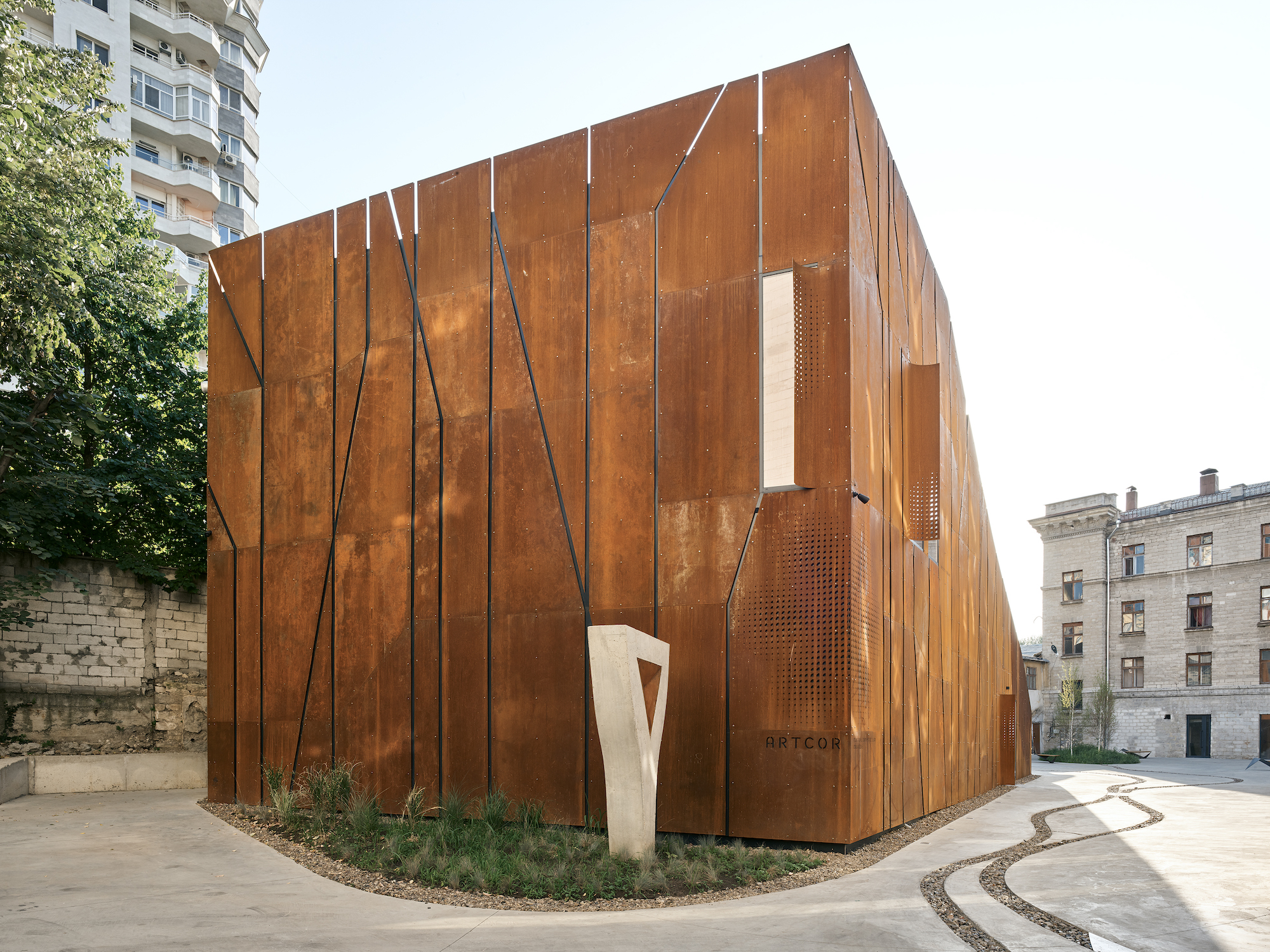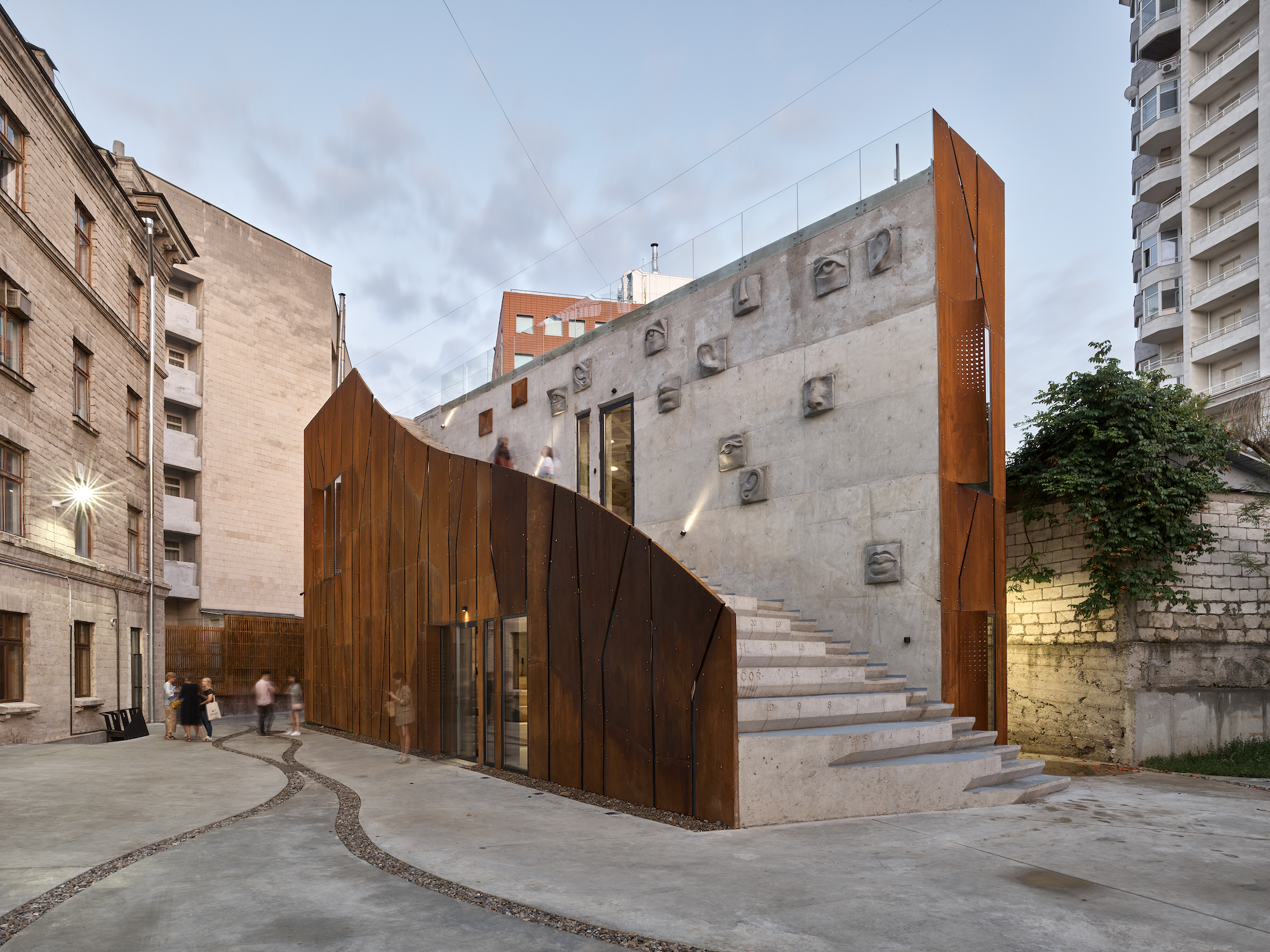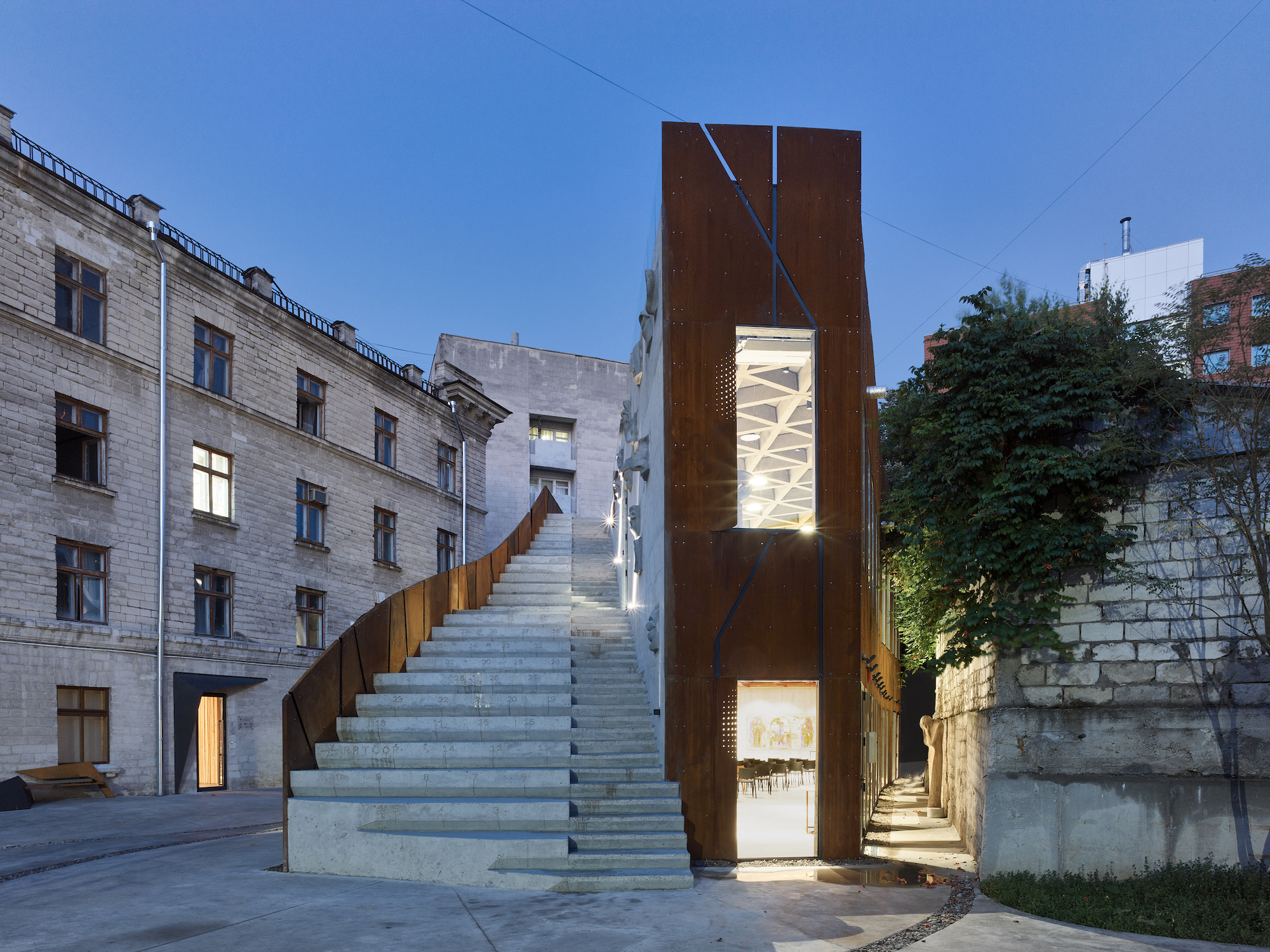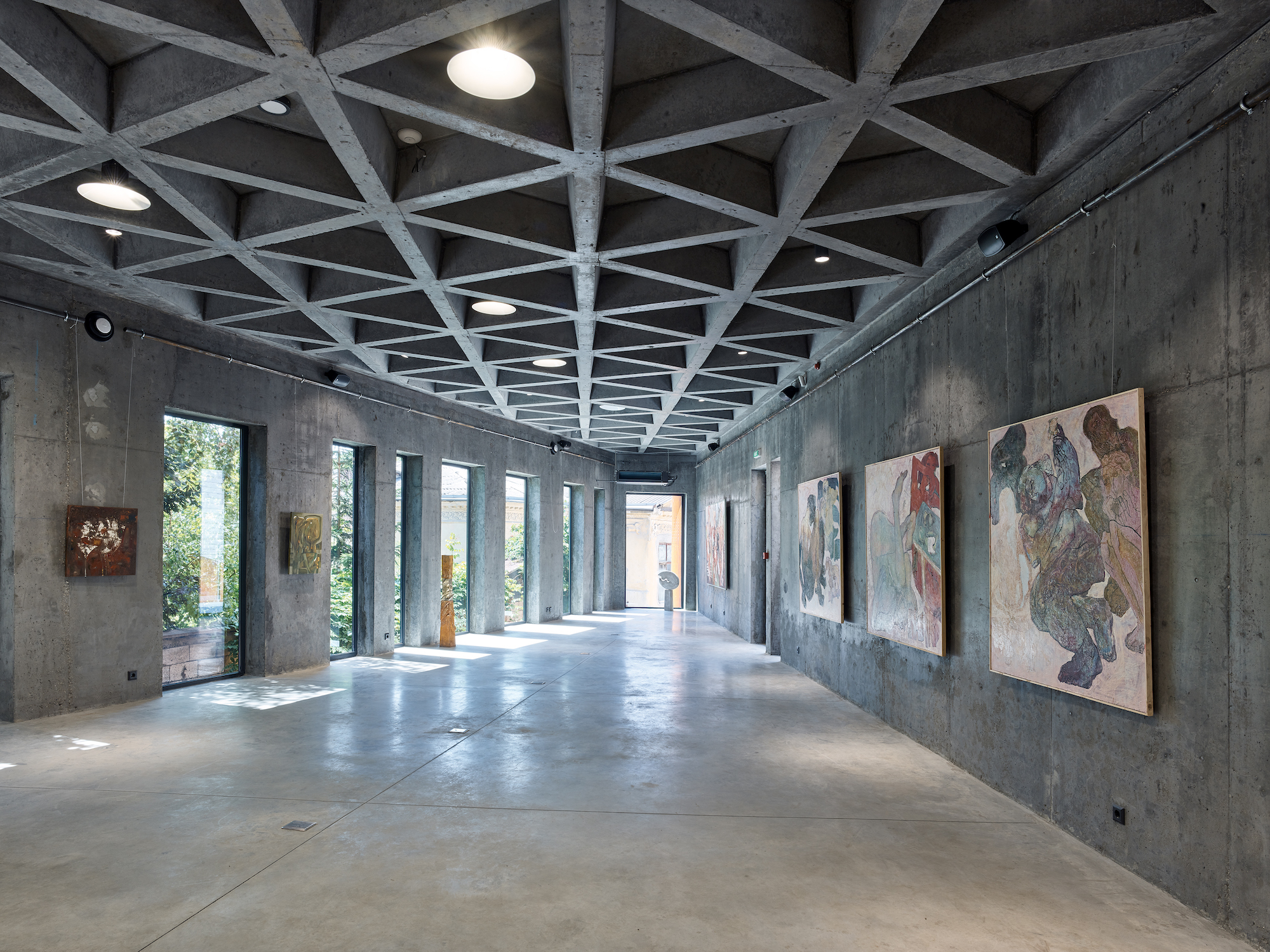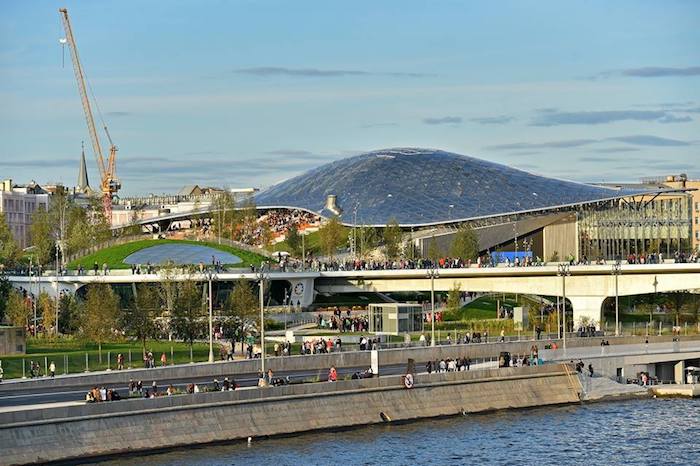‘I had to fight for everything’: Maxim Calujac on the battle to reshape Moldova’s urban spaces
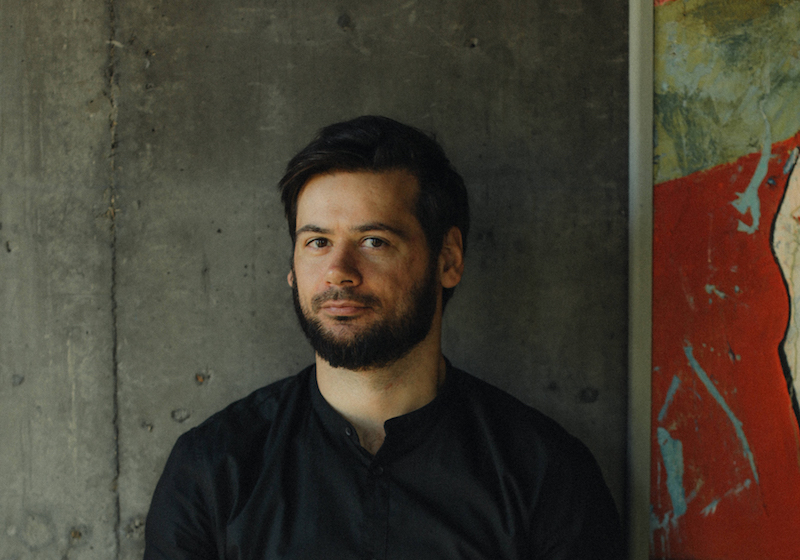
Maxim Calujac’s love affair with architecture began while he was working manual labour jobs in Moscow’s basements to fund his bachelor’s degree in Philosophy and History of Religion. Spending hours underground, he became interested in the inner workings of everyday buildings so much so that he returned to his native Moldova to study architecture. After working on private projects in Italy, Romania, and Russia, his most recent work is the Artcor creative hub, a striking contemporary arts centre in Moldova’s capital of Chisinau that brings a sleek post-industrial edge to the city’s quiet streets.
Can you tell us more about the Artcor creative hub commission. What was the concept behind the building itself?
The building itself is in the shape of a staircase. I wanted to give this feeling of an initiatic experience, or overcoming a challenge, to those who wanted to go to the rooftop garden at the top of the building. In Chisinau, we have public squares but they’re all empty. I wanted to create a real urban space, as well as an accessible art object for everyone to enjoy. That’s why there are no fences around the building, unlike the rest of the town.
I also tried to be as functional as possible, wasting zero space, and making all of the building, and the surrounding accessible. The space inside, where they’ll be hosting gigs, talks, and exhibitions, is built directly under the external staircase, which can also serve as seating with a view for open air events.
But I also wanted to inspire. In Moldova, architecture is not seen as art. But for me, architecture is art, and art is feeling. I made these high-reliefs of male and female faces on the external wall of the building. You can see the noses, ears, and lips on the wall. At the very top, there are two empty plaques, where I was going to add representations of genitalia too but it was decided against it – at least temporarily.
Since the budget was tight, I used cheap materials: concrete and corten steel. I love exposed materials. Corten steel feels alive because it changes colours with time and changing weather. I love exposed materials. I knew creating the building itself would be difficult from the start, but I didn’t realise just how hard it would be. I had to fight for everything, going far beyond an architect’s remit. Everyone builds on top of each other in Chisinau and I wanted to avoid that. The courtyard where we had planned to build the hub was full of typical post-Soviet clutter: rubbish, disposed fridges, a garage that no one was using. It was a waste of space. I wanted to free that space up.Somehow, a lot of the responsibility for the project fell on me. Among other things, I had to go and negotiate with the university rector and the hotel managers, whose businesses owned part of the courtyard. When I first approached them and showed them the concept and architectural plans, they told me to buzz off. The negotiations and the clear up took about half a year. I had to work on it with the builders at night.
What’s next for you?
My next project is a media centre at the State University in Moldova. I was commissioned to do it by USAID after working with them on Artcor, but I am still putting the project on hold. I want to convince the organisation to launch an international open call. We need to open Moldova to the world.
I’m also working on a private house in Bucharest, but really, I would love to make time to focus on Calotopos. Calotopos is also a community-focused project: a town where the preservation of the natural environment wins over commercial interest, infrastructure helps distribute space more equally between inhabitants, and schools put emphasis on developing each child’s individual personality.
I want to develop the project theoretically, and to work on a digital example that could help others visualise it. The absurdity of contemporary life is that we don’t know who lives on the same floor as us, so I think a micro-Calotopos would involve creating a community of like-minded people with whom one might want to live. I’m already discussing it with friends who want to start their own vineyard, or are looking into alternatives to contemporary city life.
